Interview with Claudia Flandoli, author of comics and an illustrator
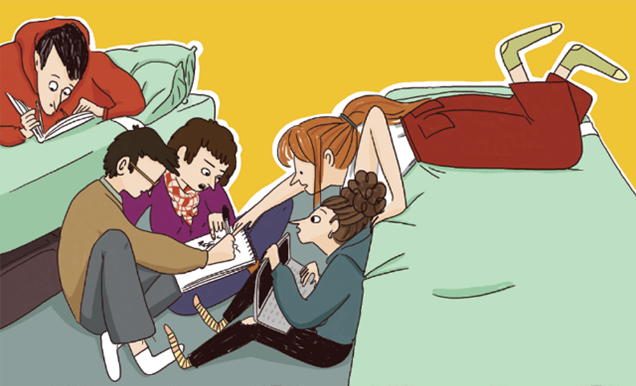
Claudia Flandoli is an author of comics and an illustrator, with a keen interest in science topics. Last year she gave a short talk during the opening of IMAGINARY in Amsterdam. We couldn't let this opportunity pass and we asked her for an interview about art and science.
Some ideas on teaching graph theory in high schools
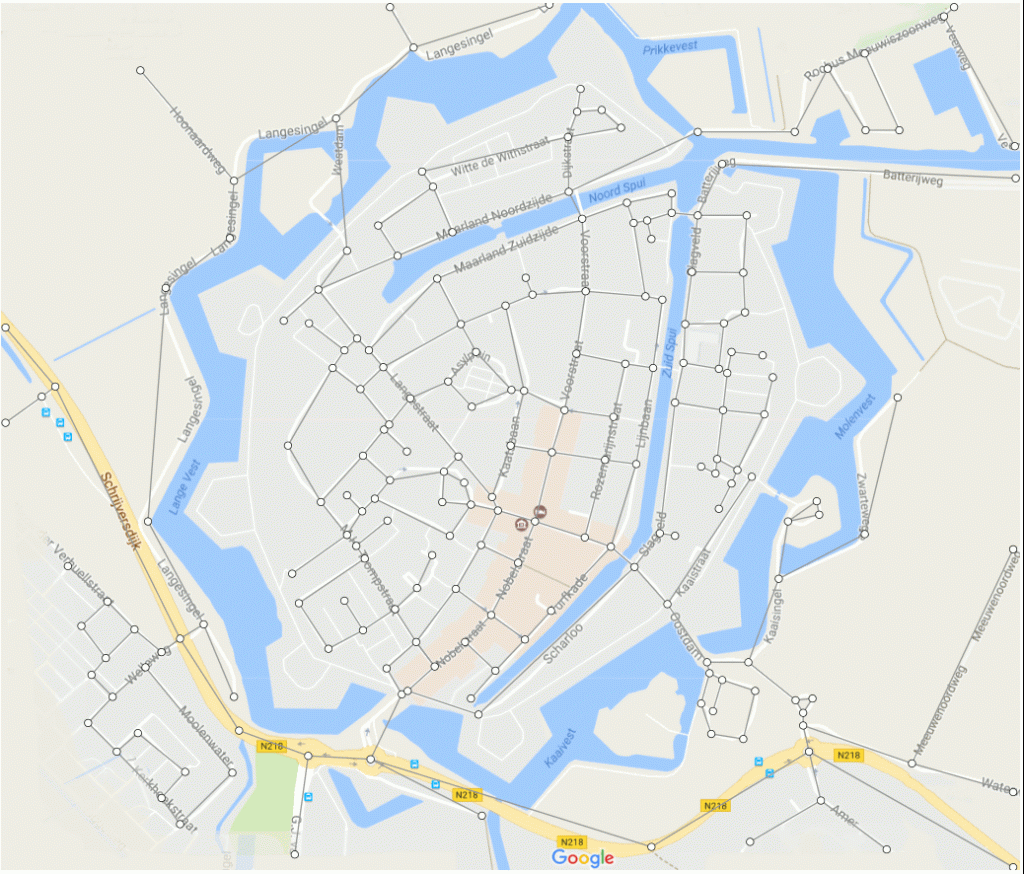
Have you ever wondered how you can make mathematics interesting to the daily life of students? In this article, we will discuss two important and exciting concepts teachers can use to introduce graph theory in their classes.
Random Graphs and Complex Networks: Volume 2 has appeared!

In February 2024, the second Volume of the Random Graphs and Complex Networks book series has appeared. This volume is aimed more towards the research community, including PhD students and researchers, with a mathematical background.
Creativity is intelligence
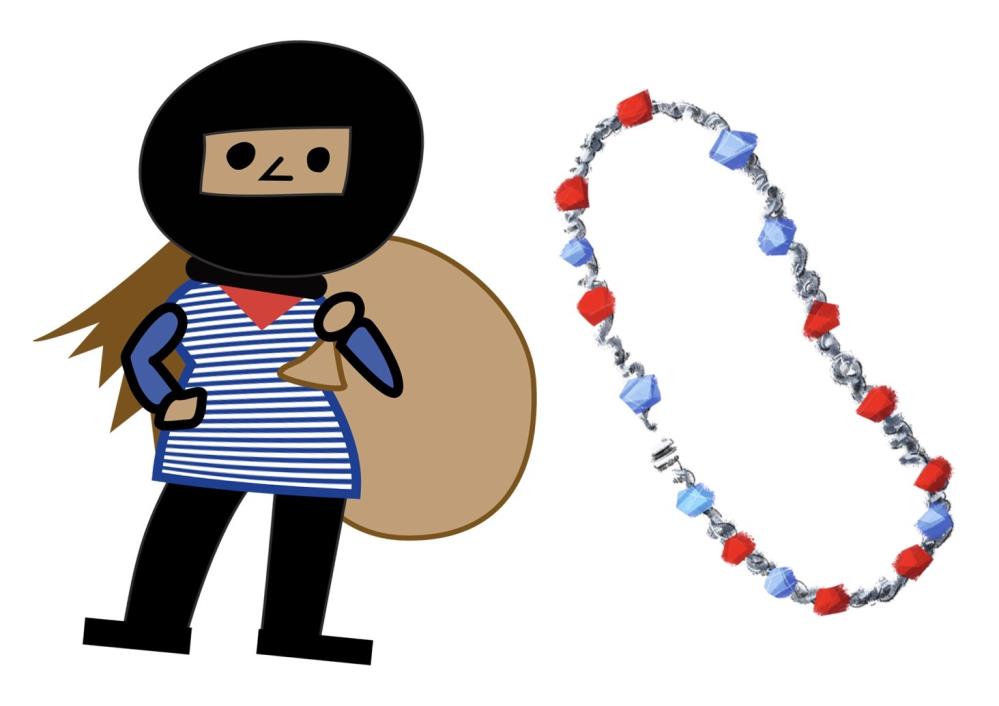
During my studies in mathematics, I never thought about how I should practice or learn mathematics. Have you ever thought about this? I was learning formulas, theorems, proofs, and various other results by hard and applying them in new situations. Now I realize I could have approached it differently.
A mathematical journey to Suriname
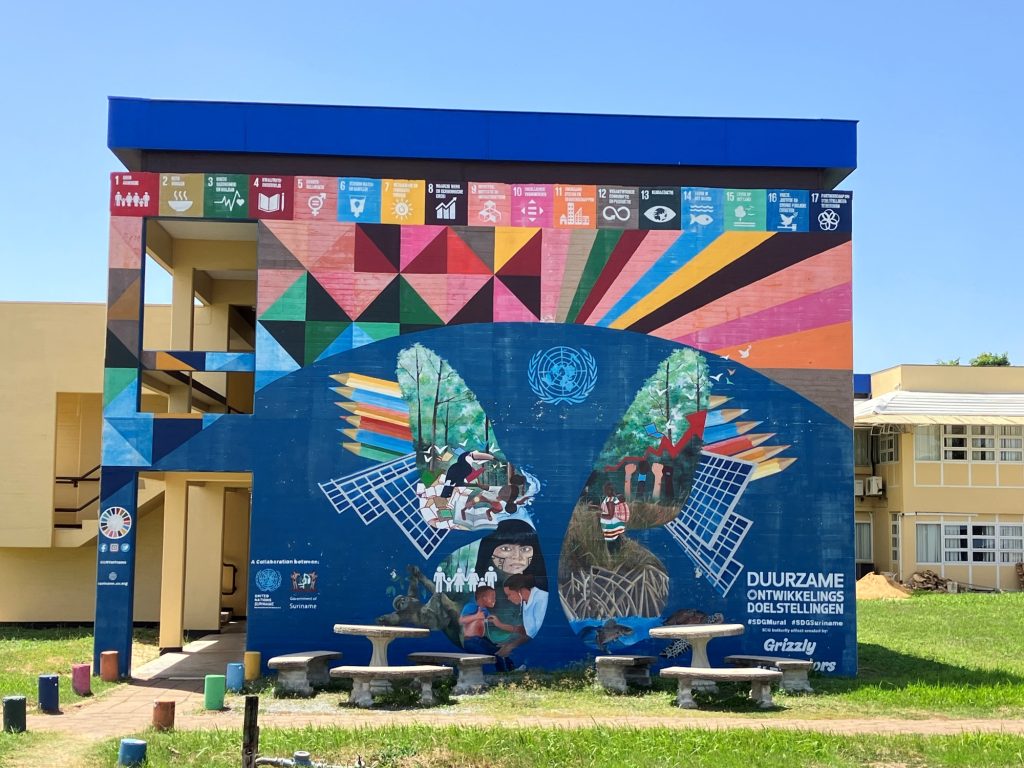
From February 26th until March 1st, we had the unique opportunity to visit the Anton de Kom University in Suriname. The goal of our visit was to assess possibilities for cooperation between our mathematics institute and the math department in Paramaribo.
A sparkly new journal for graph theory
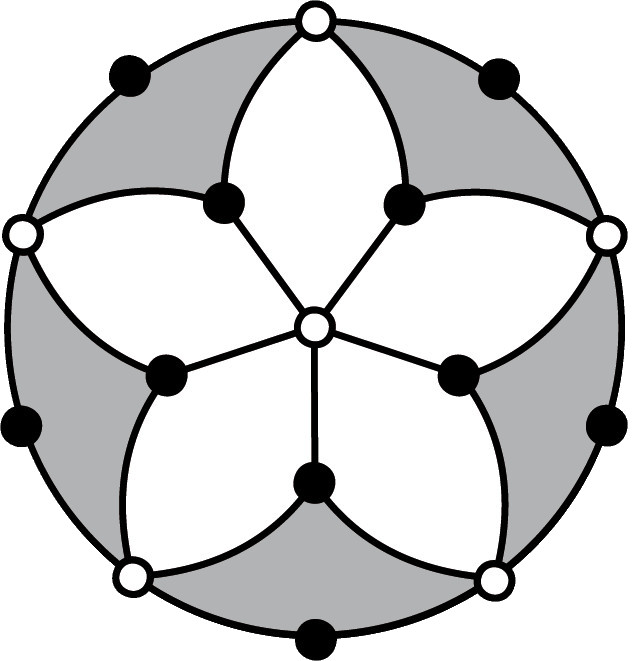
Academic publishing is booming, but at what cost? Ross Kang recaps the difficulties and announces a new diamond OA journal in graph theory.
How do I teach?
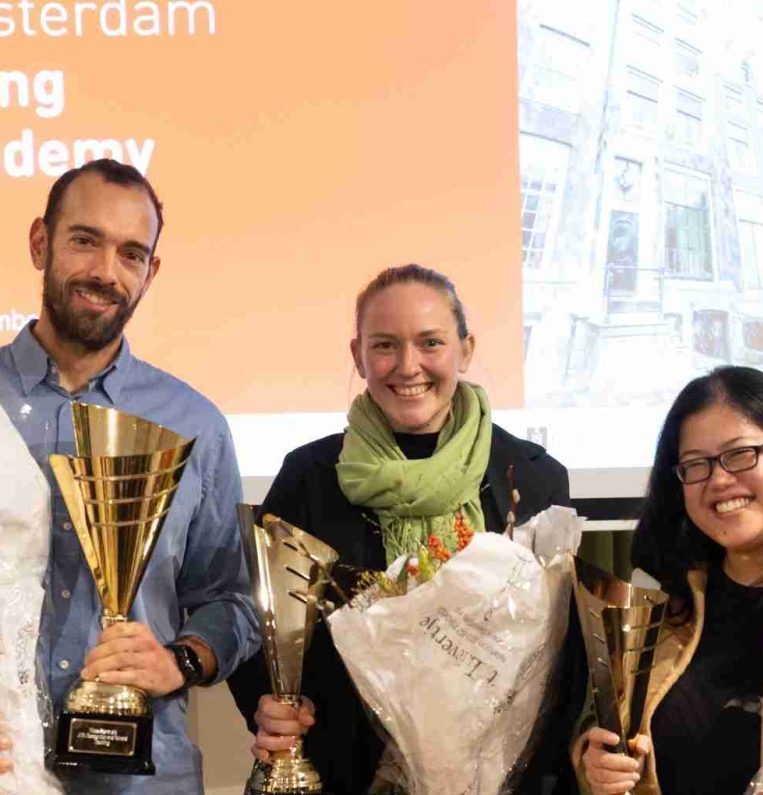
Last week I had the honour to receive an award from the Amsterdam Young Academy (AYA) for my contributions in teaching in the BSc in mathematics at the University of Amsterdam. I thought of many things during this time, and I wanted to write some thoughts down.
What is good science communication?
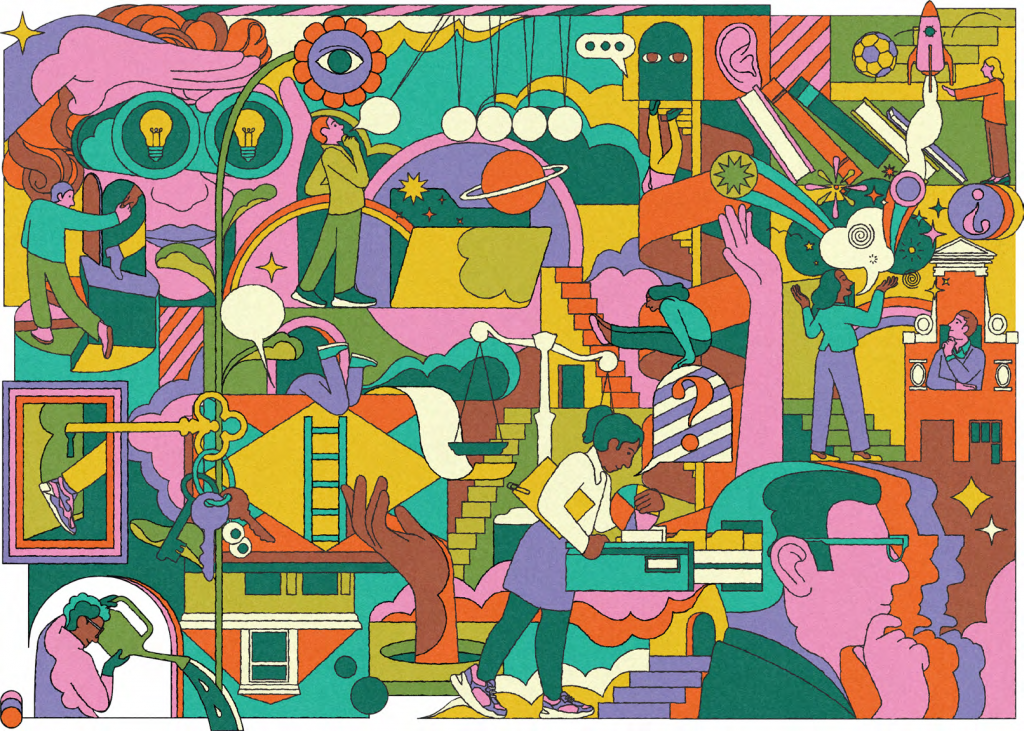
Suppose you are starting with a new science communication project, you immediately think of some ideas like a website or a series of articles. But you also realize immediately that you are competing with so many other science communication initiatives. What is a good way to choose what to do?
We shouldn’t give classroom lectures anymore
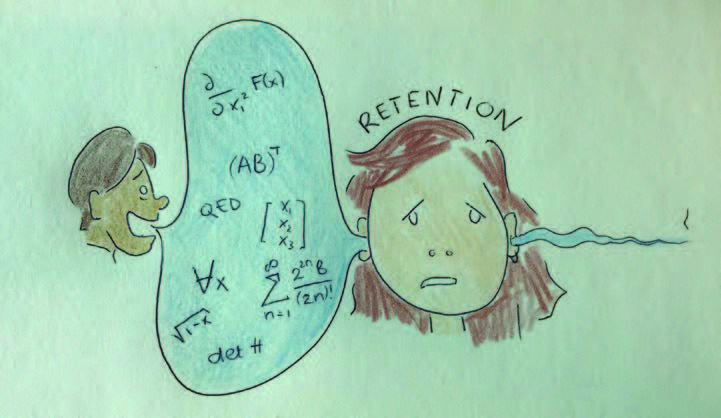
In the September issue of the Nieuw Archief voor Wiskunde mathematician Nelly Litvak wrote the first article in her column ‘Better than blackboard’!
Onno Boxma receives inaugural Blackwell Prize
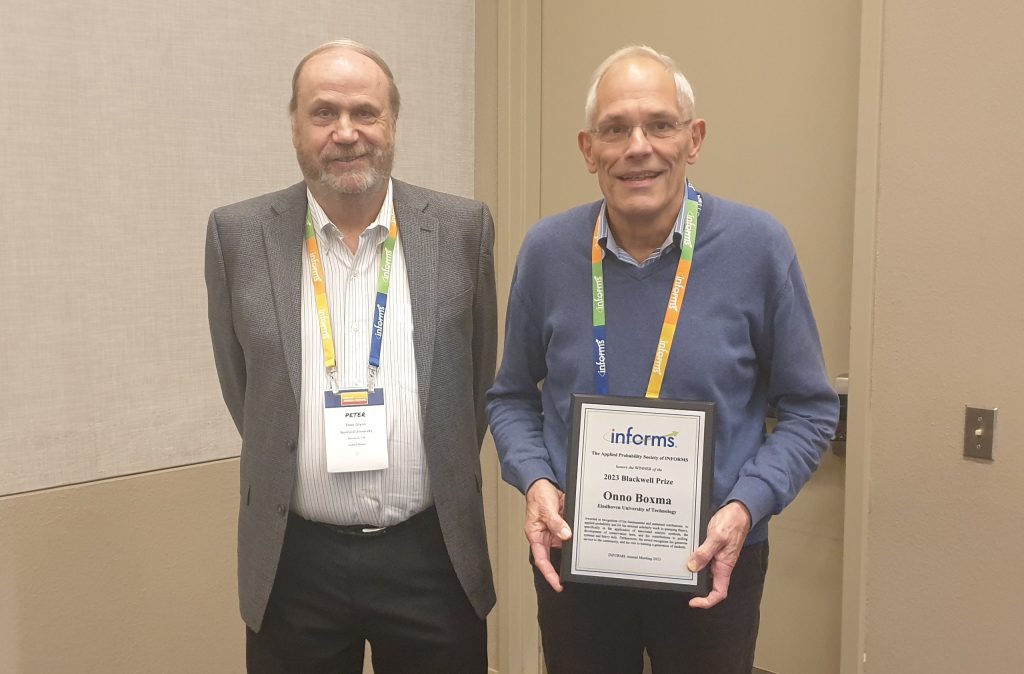
Onno Boxma, emeritus professor of Stochastic Operations Research at Eindhoven University of Technology, is the inaugural Blackwell Prize winner!
